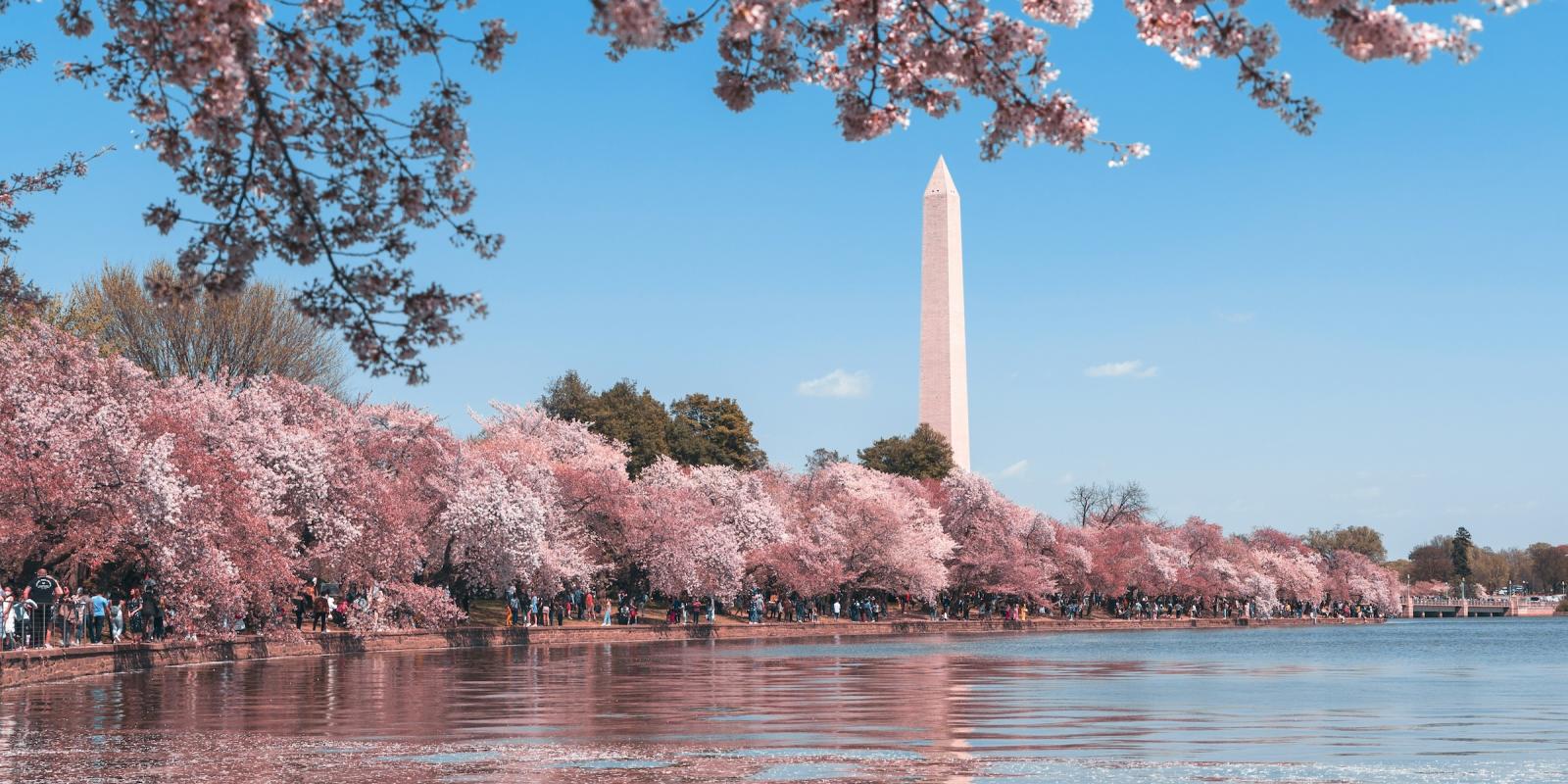April 14th, 1865 was a pretty bad day for a lot of people. Lincoln was assassinated, Clara Harris and Henry Rathbone had their lives torn apart, and Secretary of State William H. Seward was brutally stabbed along with most of his family and a few bystanders.
Oh, you hadn’t heard about that last one?
Booth and his co-conspirators’ plan was larger than just the assassination of Lincoln. Their plot included a number of top officials in the U.S. government whose death they hoped would bring the country to its knees. Lewis Powell, a twenty year old Confederate soldier, was chosen to assassinate the Secretary of State.
Luckily for the Sewards, Powell was probably the worst assassin in American history.
